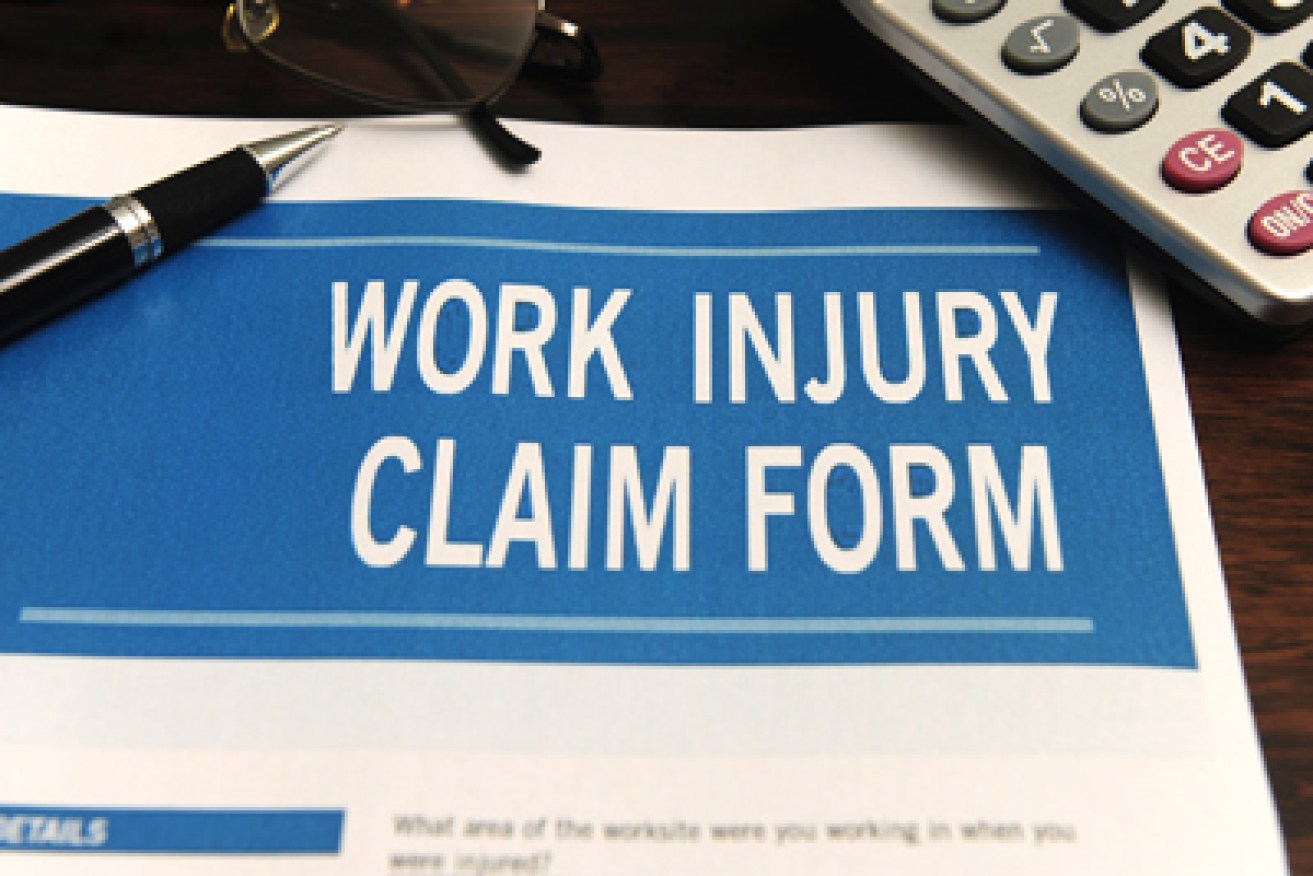State Liberal leader Steven Marshall has rejected Premier Jay Weatherill’s claim that the new Labor government is “reaching out to business”.
Both leaders agree, however, that the first test of Labor’s commitment to reduce business costs will be WorkCover.
“We have to reach out to business, but the single biggest issue raised with me by business has been WorkCover,” Weatherill told FIVEaa’s breakfast program today.
“We can reduce costs in the system by $180 million and that’s better than any tax relief.
“I’ve spoken to Steven Marshall about those changes and he said he’s prepared to facilitate their passage.”
Marshall, however, told InDaily he had made no such commitment.
“”That was over-stretching the mark,” Marshall said.
“I rang him Wednesday to wish him all the best at the swearing-in ceremony at Government House and reminded him that our state faces some challenges.
“I said ‘we face significant issues in South Australia and I hope your government is going to address them’.
“I raised WorkCover as a top priority and that was the extent of it in the three minute conversation.
“He didn’t mention any plans or specifics, so obviously I haven’t agreed to anything – he hasn’t raised anything.”
The State Government admitted last year that WorkCover was a problem.
Attorney-General and Industrial Relations Minister John Rau said in October that WorkCover would be decommissioned.
“It’s buggered,” Rau told InDaily last year.
“We’ll decommission the scheme and start again.
“It’s been amended, patched over and fiddled with for years and in the process has become so disliked, the only thing to do is to rub it out and start again.”
WorkCover administers workers’ compensation for more than 430,000 employees of almost 50,000 businesses.
Last year it managed 16,774 claims, collected $667 million in employer levies and paid out more than $809 million in claims.
The gap between income and expenditure is mostly covered by a massive $2.25 billion investment fund; its holdings in shares, property and cash delivered investment returns of $253 million.
Even with the investment income, WorkCover’s projected gap between estimated claims and estimated income leaves it with an unfunded liability of $1.366 billion.
Rau, who took over responsibility for WorkCover early in 2012, had completed an internal review of the organisation.
“The scheme has been poorly administered,” Rau said.
“People have been left sitting on the scheme; there’s been a glaring failure to address early intervention and early action to return to work.”
Last year he promised to have policy principles in place in time for the March state election.
These were released on the Friday before the Australia Day long weekend as a pre-cursor to drafting new legislation “if re-elected”.
Recent history
WorkCover’s continuing increase in future debt was meant to be fixed by extensive reforms in April 2008, that came into force in July that year.
When the new laws were in place the unfunded liability had reached $984 million.
The reforms sparked angry protests from unions, not convinced they would do anything other than marginalise injured workers.
Employers were hoping improved scheme performance would deliver lower levies.
The liability went down slightly for two years to $982 million in 2009-10 and $952 million in 2010-11.
In 2011-12 it took another major leap as WorkCover Corporation posted a $1.389 billion in 2011-12.
History shows that despite a succession of further changes to claims management, legal services, redemptions and executive staffing, WorkCover’s promised improvements have failed to eventuate.
The model of a State-owned Corporation administering workers compensation was the social democracy dream of the Bannon Labor Government’s industrial relations Minister Jack Wright.
Responsibility for compensation was taken from the private sector insurance companies and a structure set up to ensure all employers carried the responsibility of paying premiums.
It has now evolved into a corporation where responsibility for the management of worker’s claim is outsourced to private sector agents Employers Mutual SA and Gallagher Bassett.
Its legal advice and representation services are outsourced to Adelaide law firms Minter Ellison and Sparke Helmore.
Rehabilitation services are provided by a raft of suppliers.
Rau said in October that he accepts that the SA model is the “worst” of Australia’s 11 workers’ compensation systems.
In the six months since he made that statement, nothing has changed.





